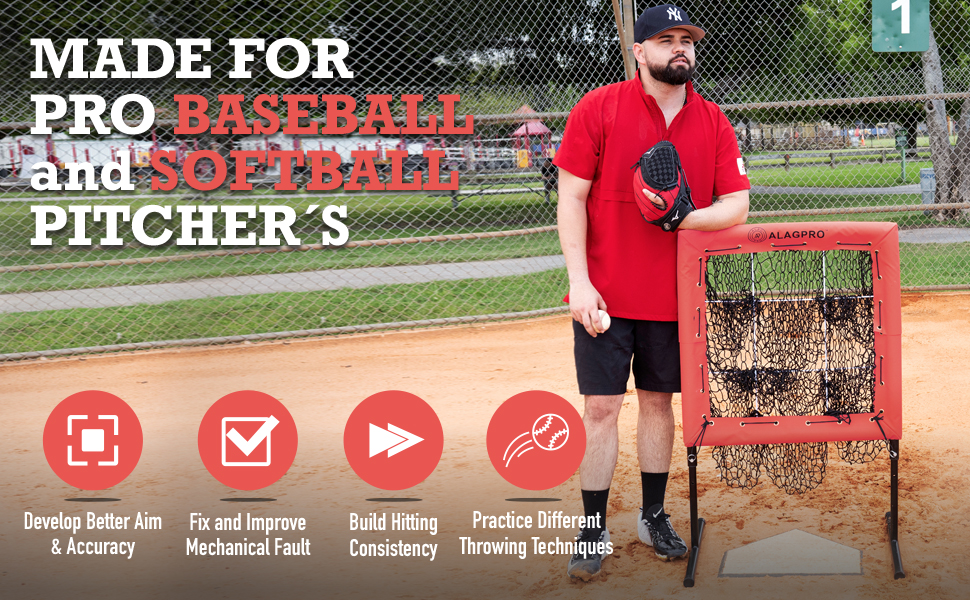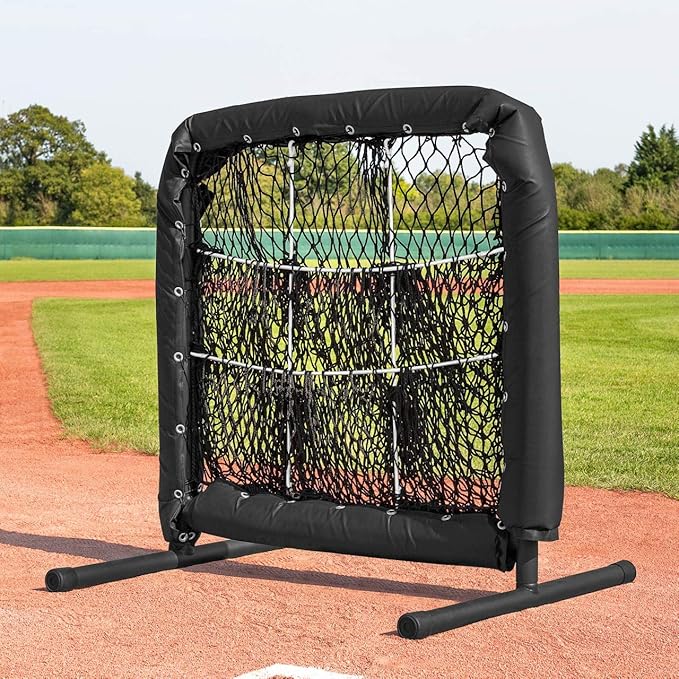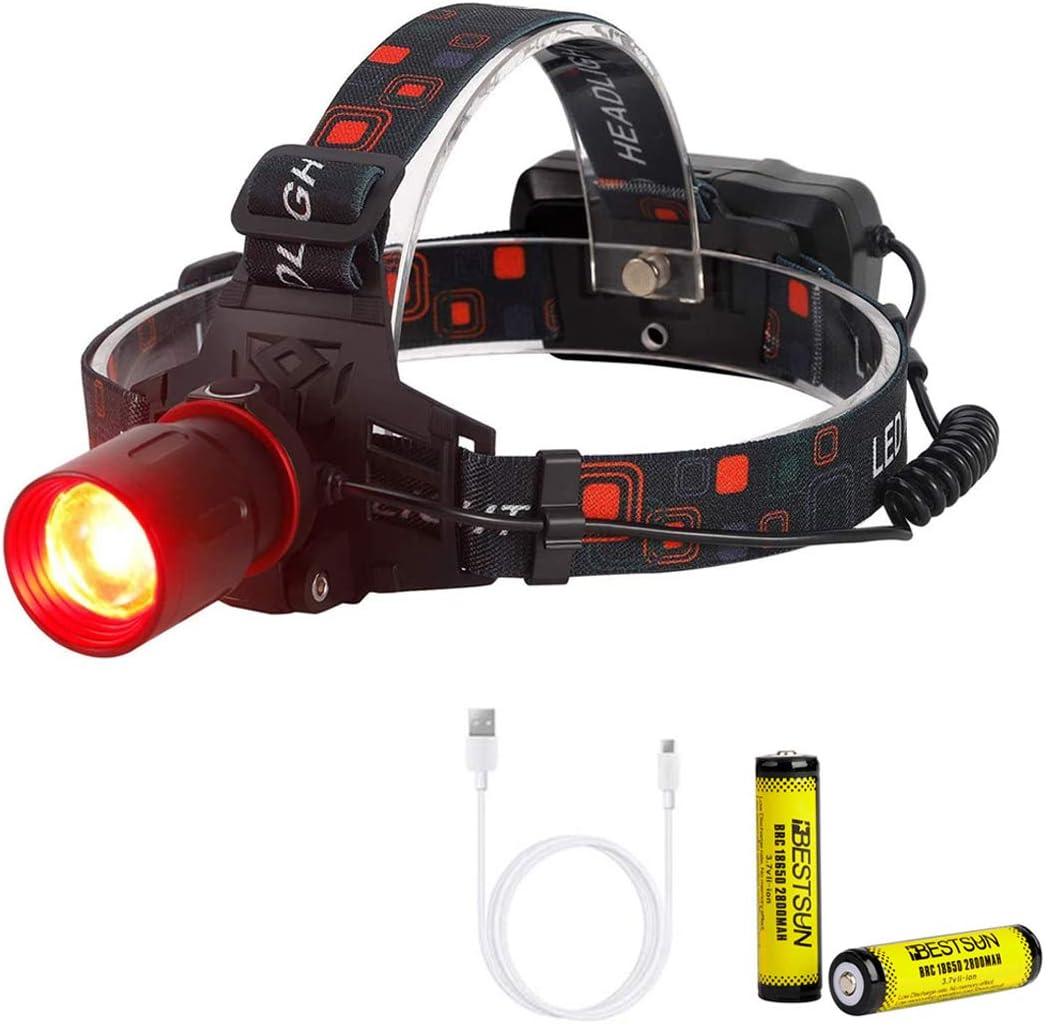Innovative Pitching Nets: The Future of Baseball Training Technology
Baseball has long been a sport steeped in tradition, but as technology continues to evolve, so too does the way players train and prepare for the game. One of the most groundbreaking advancements in this arena is the development of innovative pitching nets. These tools are revolutionizing how pitchers hone their craft, offering unparalleled feedback and training opportunities. This article will explore the current landscape of pitching nets, the technology behind them, and their impact on baseball training.
The Evolution of Baseball Training Technology
Baseball training has transformed significantly over the years, moving from simple drills and manual coaching to high-tech solutions that provide instant feedback. The integration of technology into training is not just a trend; it represents a fundamental shift in how players improve their skills. Key innovations in this field include:
- Video Analysis: Coaches can now analyze players’ mechanics through high-speed cameras, providing detailed feedback on pitching form.
- Wearable Technology: Devices like smartwatches and sensors measure biomechanics, helping players understand their physical performance.
- Virtual Reality (VR): VR simulations allow players to practice pitching in a controlled environment, facing virtual batters.
Among these innovations, pitching nets have emerged as a critical tool for pitchers at all levels, from youth leagues to professional teams.
What Are Pitching Nets?

Pitching nets are specialized training devices designed to simulate various pitching scenarios. Unlike traditional nets, which merely catch the ball, modern pitching nets are equipped with advanced technology that can analyze a pitcher’s performance. These nets typically feature:
- Smart Sensors: Integrated sensors track pitch speed, spin rate, and trajectory.
- Data Collection Software: This software compiles the data for analysis, helping pitchers understand their strengths and weaknesses.
- Adjustable Targets: Some nets allow users to set specific targets for pitching accuracy, making training more challenging and focused.
The Benefits of Innovative Pitching Nets

The benefits of using modern pitching nets extend far beyond simple practice. Here are some of the most significant advantages:
- Immediate Feedback: Pitchers receive instant data on their performance, allowing them to make adjustments in real time.
- Injury Prevention: By analyzing mechanics and body movements, pitchers can identify potentially harmful habits before they lead to injuries.
- Customizable Training: Players can tailor their training sessions to focus on specific skills, such as velocity or accuracy.
- Accessibility: Pitching nets can be used in various settings, from backyards to professional training facilities, making them accessible to all players.
Case Studies: Pitching Nets in Action

To illustrate the impact of innovative pitching nets, let’s take a look at a few case studies of organizations and players who have embraced this technology.
Case Study 1: The New York Yankees

The New York Yankees have invested heavily in technology to enhance player performance. They have incorporated advanced pitching nets into their training regimen, allowing pitchers to analyze their throws with unprecedented detail. According to reports, this technology has led to significant improvements in pitchers’ performance metrics, including velocity and accuracy. By using data from these nets, the coaching staff can tailor training programs to individual needs, optimizing each pitcher’s development.
Case Study 2: Youth Baseball Programs

Many youth baseball programs across the country are adopting pitching nets to train young athletes. For instance, the Little League Baseball organization has started integrating these nets into their training camps. Coaches report that using these nets has helped young pitchers develop better mechanics and understanding of pitch dynamics. The instant feedback allows coaches to provide more effective instruction, creating a stronger foundation for future development.
The Technology Behind Pitching Nets
The technology embedded in modern pitching nets is what sets them apart from traditional training aids. Key components include:
- Pitch Tracking Technology: Most advanced nets utilize radar or camera systems to track pitches. This technology measures speed, spin, and angle, providing comprehensive data for analysis.
- Mobile Applications: Many pitching nets come with companion apps that allow players to track their progress over time, set goals, and access training tips.
- Integration with Wearables: Some nets can connect with wearable devices to gather additional data on a pitcher’s physical condition and biomechanics.
Future Trends in Pitching Technology

As technology continues to advance, the future of pitching nets looks promising. Potential trends include:
- AI Integration: Artificial intelligence could further enhance analysis, providing personalized training recommendations based on a player’s unique data.
- Augmented Reality (AR): AR could create immersive training environments, allowing pitchers to practice in realistic game scenarios.
- Enhanced Connectivity: With the rise of the Internet of Things (IoT), pitching nets may become increasingly interconnected, sharing data across platforms and devices for comprehensive performance tracking.
Challenges and Considerations
While innovative pitching nets offer numerous benefits, there are challenges and considerations for users:
- Cost: Advanced pitching nets can be expensive, which may limit accessibility for some players and programs.
- Learning Curve: Players and coaches may need time to familiarize themselves with the technology and how to interpret the data effectively.
- Over-Reliance: There is a risk that players may become too dependent on technology, neglecting fundamental skills and instincts.
Innovative pitching nets are undeniably changing the landscape of baseball training technology. By offering immediate feedback, injury prevention insights, and customizable training options, these tools empower pitchers to maximize their potential. As seen in the case studies of the New York Yankees and youth programs, the benefits are tangible, leading to improved performance metrics and skill development.
While challenges exist, such as cost and potential over-reliance on technology, the future of pitching training is bright. With ongoing advancements in technology, the next generation of pitchers will have unprecedented resources at their disposal, ensuring that baseball continues to evolve alongside its rich traditions.
In summary, as we embrace the future of baseball training, innovative pitching nets stand out as a key driver of player development, promising to take the sport to new heights.


